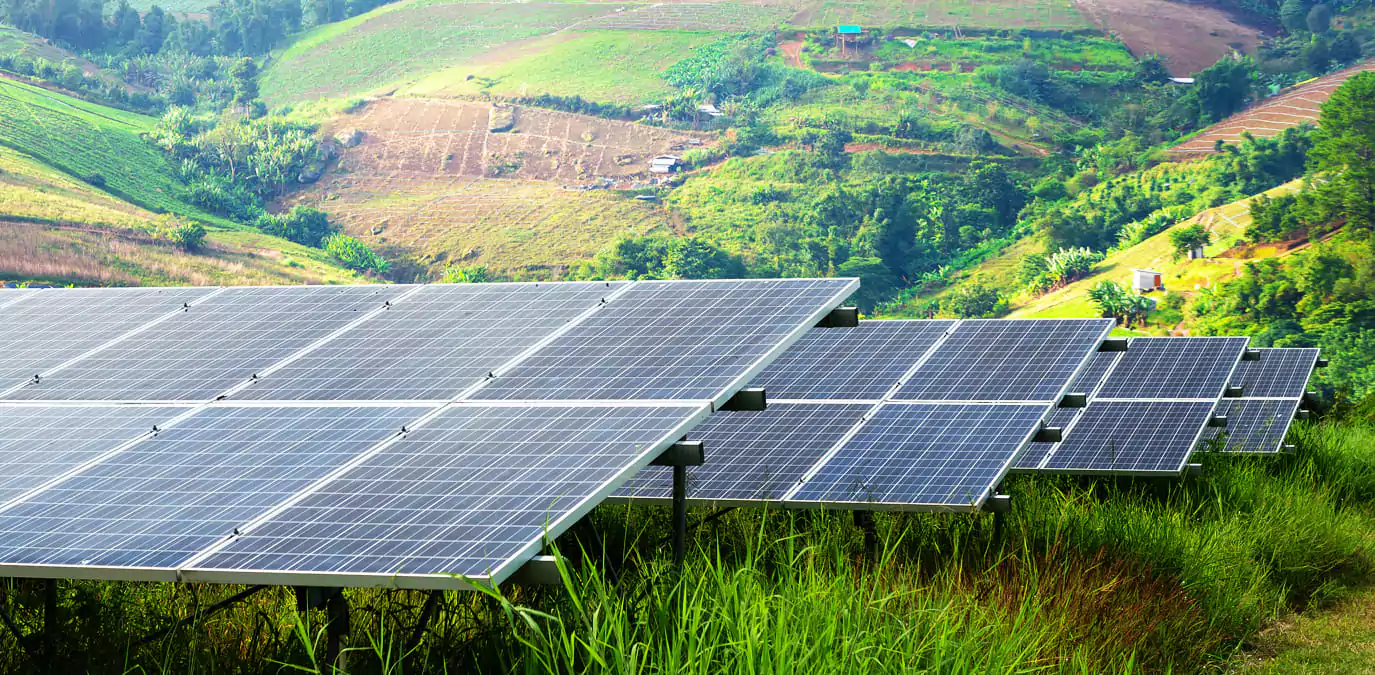As concerns over climate change and energy demand rise, the need for cleaner and more sustainable energy sources has become more critical than ever now. Solar energy has come under the spotlight as a viable option as we work to minimise our dependency on fossil fuels and their damaging environmental effects. However, It is essential to weigh several factors to make a clear decision regarding the future of our energy systems.
In this blog, you will explore the interesting world of solar power and how it stacks up against traditional energy sources. You will learn the critical differences between both, aiming to provide a comprehensive understanding of the ongoing energy transition.
Differences Between Solar and Traditional Energy Sources
Availability
Despite geographical variations in intensity, solar energy is widely accessible worldwide. On the other hand, traditional energy sources are frequently concentrated in particular areas and need to be extracted from those areas or transported there to be used in other places.
Compared to non-renewable
Solar power is a renewable energy source since it comes from the sun, a virtually limitless resource. Coal, oil, and natural gas are examples of traditional energy sources that are non-renewable and finite because they were generated over millions of years and will ultimately run out of resources.
Environment’s Effect
Solar energy significantly lessens the environment’s adverse effects than traditional energy sources. Solar power generation doesn’t produce any greenhouse gases or air pollutants while it is operating, in contrast to conventional sources, which do so and contribute to climate change by polluting the air, water, and atmosphere.
Cost
Solar energy is becoming more widely available and less expensive due to ongoing price reductions. The price of conventional energy sources, particularly fossil fuels, is subject to volatility influenced by factors including geopolitical developments, extraction costs, and transportation costs.
Distribution and Infrastructure
It is generally simple to transport and distribute energy over vast distances because of traditional energy sources’ current infrastructure and distribution networks. Installation of solar panels and related infrastructure, which can be more decentralised and enable localised energy generation, is necessary for the use of solar energy.
Storage
Traditional energy sources provide reliable power generation since they can be used whenever needed. Solar energy, on the other hand, is sporadic and dependent on sunshine because it cannot be generated at night or in certain weather situations. The development of some energy storage technologies, such as batteries, is essential to store extra solar energy and maintain a steady supply of electricity.
Durability
Solar panels have a long lifespan with little maintenance, generally lasting 25 to 30 years or more. Power plants and other traditional energy infrastructure, such as extraction facilities, frequently need ongoing maintenance, repairs, and replacement.
Bottom Line
As the world continues to promote sustainability and the fight against climate change, a shift to solar energy and other renewable energy sources is necessary for a more sustainable and ecologically friendly future. And thus as a result, there has been a rise in the solar energy companies to provide you with the best solar panels.

